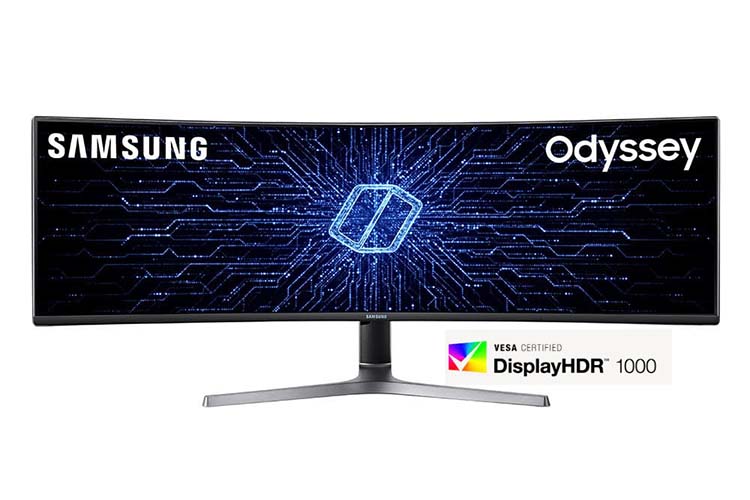HDR400, HDR500, HDR600, HDR1000, HDR1400, HDR400 TRUE Black, HDR500 TRUE Black are certification standards for HDR enabled monitors, notebooks. They are certified by the Video Electronics Standards Association (VESA). This organization includes video equipment manufacturers, with the goal of bringing equipment from different manufacturers to the same standard, to ensure compatibility or a common approach to monitor quality assessment.
HDR TRUE Black – certification is designed for OLED monitors, HDR400 -1400 for LED monitors including QLED monitors.
The correct standards should be called DisplayHDR 400, DisplayHDR 600, DisplayHDR 1000, DisplayHDR 1400, DisplayHDR 400 TRUE Black, DisplayHDR 500 TRUE Black. But many manufacturers simply omit the name Display from the designation of certified monitors. This can be used by unscrupulous manufacturers to label their monitors with HDR600. To protect the consumer, VESA keeps the list of certified monitors on its website, the information is available at https://displayhdr.org/certified-products/.

Why were HDR certification standards invented?
With the beginning of production of monitors with support for HDR standard, there is a situation when the consumer is very difficult to assess the quality of the monitor, for example, the manufacturer indicates that the monitor supports the standard HDR10, and the monitor is set the screen with a color depth of 6 bits. And such a monitor can not show the image using HDR at all. The VESA certification of the monitor guarantees to the buyer the compliance with the requirements to work with HDR data. And all these standards mean the specific capabilities of the monitors. The maximum possible peak brightness of some parts of the monitor screen as compared to the black screen is taken as a basis. But this does not mean that the monitor has such a total brightness, usually the total brightness does not exceed 450 cd/m2.
HDR 400 DisplayHDR 400
Monitors certified as HDR400, must support a peak brightness of 400 cd/m 2 and a screen with a color depth of 8 bits. This is the initial level of monitors with HDR, this monitor is only slightly better than a standard monitor. The screen is minimally acceptable and the peak brightness is slightly higher. The monitor should support screen blackout in large areas or the whole screen.
HDR 500 DisplayHDR 500
HDR500 is used for notebooks, and inexpensive displays. Monitors and screens HDR500 has a peak brightness of 500 cd / m 2. The requirement for the screen support 10bit color depth, but these screens are 8bit + FRC. There should also be a local dimming. Such monitors are focused on energy efficiency at the expense of picture quality. On such monitors in HDR mode the picture will be slightly better than in the standard monitor.
HDR 600 DisplayHDR 600
HDR600 is already a professional monitor, increased peak brightness, local dimming, color depth of 10 bits. Typically, these monitors with a matrix of 8-bit + FRC. Due to the use of local dimming, improved contrast.
HDR 1000 DisplayHDR 1000
These are monitors with a matrix that supports real color depth of 10 bits, without dithering. High-quality screen provides a bright colorful picture with a wide range of colors. It is also necessary to have a local darkening, with a large number of zones, the peak brightness of 1000 in relation to black. The screen can show a wide range of colors and usually a QLED screen is used in such monitors. Actually, such monitors have a total brightness of about 450 cd/m 2. and a beautiful image.
HDR 1400 DisplayHDR 1400
So far no monitor has received the HDR 1400 certificate, such a monitor must have a very high quality screen, have a good black level. The peak brightness of 1400 is a lot, not everyone is comfortable to look at the screen with such peak brightness. At this stage of screen development, the manufacturers do not see the point in the production of such monitors or technology does not allow to make a monitor with such a peak brightness. HDR 1400 is designed for the future.
HDR400 TRUE Black, HDR500 TRUE Black
These are certificates for OLED monitors, the peak brightness is small but black has very low levels of brightness, in other words, in OLED technology, the screen has a real black color and you can get a very beautiful picture on the monitor screen using the HDR features.






